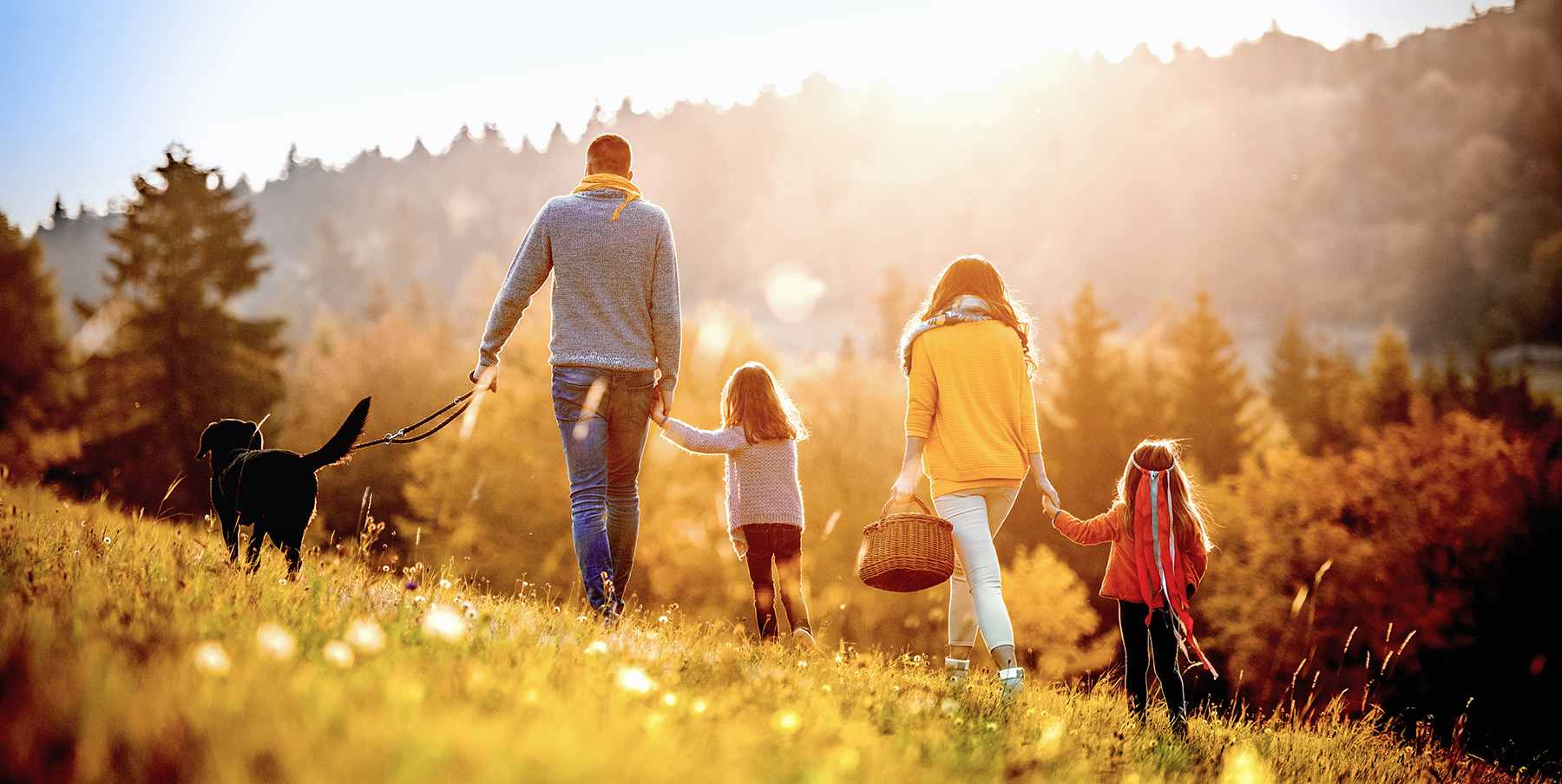November arrives, and with it comes shorter days, cooler air and the gentle reminder that Thanksgiving is just around the corner. This season naturally turns our hearts toward gratitude, but for many families, teaching children to be truly thankful feels like an uphill battle in a society that constantly tells them they need more. The good news is that gratitude isn’t just something kids are born with or without — it’s a skill you can teach, and the benefits last a lifetime.
Recent research shows that practicing gratitude significantly enhances well-being by reducing negative emotions, stress, anxiety and depressive symptoms.¹ These positive effects happen regardless of personality traits, which means every child can benefit from learning gratitude. When children develop grateful hearts early, they’re building a foundation for better mental health, stronger relationships and greater resilience throughout their lives.
The Science Behind Grateful Kids
What happens in your child’s brain when they practice gratitude is remarkable. Studies involving young children show that gratitude actually increases their helping behaviors toward both people who have been kind to them and complete strangers.² When researchers gave preschoolers a small gift and then asked for help, grateful children were significantly more likely to assist others and share their resources. This wasn’t just about being polite — gratitude fundamentally changed how these children interacted with the world around them.
The research reveals something even more powerful: gratitude is one of the strongest predictors of lower anxiety and depression in young people.³ When compared to other positive character traits like patience, forgiveness and self-control, gratitude emerged as the most protective factor for mental health. Children who regularly practice gratitude develop emotional resilience that helps them navigate life’s challenges with greater strength and optimism.
Making Gratitude a Family Adventure
Teaching gratitude doesn’t have to feel like another task on your already full plate. The key is making it fun, natural and woven into your daily family life. Here are practical ways to help your children develop grateful hearts:
Gratitude Scavenger Hunts in Nature: Take your family outside for a special kind of treasure hunt. Instead of looking for objects, search for things to be thankful for. Give each child a small notebook and have them find five things in nature they’re grateful for — maybe the shade of a tree, the sound of birds or the smell of flowers. This connects the Environment principle of CREATION Life with developing gratitude. As children explore God’s creation, they naturally develop appreciation for the world around them.
The Thank-You Note Art Project: Transform thank-you notes from a chore into creative expression. Set up a family craft station with colorful paper, markers, stickers and stamps. Help your children create thank-you cards for people in their lives — teachers, grandparents, friends or community helpers. Young children can draw pictures while older ones write messages. This activity strengthens Interpersonal Relationships while teaching children to recognize and acknowledge the good others do for them.
Family Gratitude Jar: Place a clear jar in your kitchen with small pieces of paper nearby. Throughout the week, family members write down things they’re grateful for and add them to the jar. During dinner on Friday nights or Sunday afternoons, take turns pulling out papers and reading them aloud. Children love hearing what their siblings and parents are thankful for, and it creates beautiful family conversations.
Bedtime Gratitude Prayers: Make gratitude part of your bedtime routine. Instead of only praying for needs and concerns, spend time thanking God for specific blessings from the day. Let each child share three things they’re grateful for before prayers. This practice combines Trust in God with developing a positive Outlook and helps children end their day focused on blessings rather than worries.
When Gratitude Gets Tough
Teaching gratitude during difficult times might feel impossible, but that’s actually when it matters most. Research shows that gratitude helps people cope with challenges by promoting emotional stability and life satisfaction.⁴ When your family faces hard times — illness, loss or disappointment — gratitude becomes a lifeline rather than just a nice practice.
Help your children understand that gratitude doesn’t mean ignoring problems or pretending everything is perfect. It means choosing to also see the good that exists alongside difficulties. When a pet dies, you can be sad and still grateful for the happy memories. When plans get cancelled, you can be disappointed and still thankful for unexpected family time together.
Building Tomorrow’s Grateful Adults
The gratitude habits you build with your children today shape the adults they’ll become tomorrow. Research demonstrates that people who practice gratitude develop stronger social connections and better emotional resilience.⁴ They’re more likely to help others, maintain healthy relationships and experience greater life satisfaction. These aren’t just feel-good benefits — they’re essential life skills that help young people thrive.
Remember that children learn more from what they see than what they hear. When you model gratitude in your own life — thanking the grocery store clerk, expressing appreciation for your spouse or sharing what you’re grateful for at dinner — your children absorb these patterns. Your example becomes their blueprint for living with a grateful heart.
Start with one simple practice this week. Maybe it’s a gratitude scavenger hunt this weekend or starting bedtime gratitude prayers tonight. Choose what fits your family’s rhythm and build from there. Every small step toward gratitude creates positive changes in your children’s developing minds and hearts, setting them on a path toward lifelong well-being and joy.





